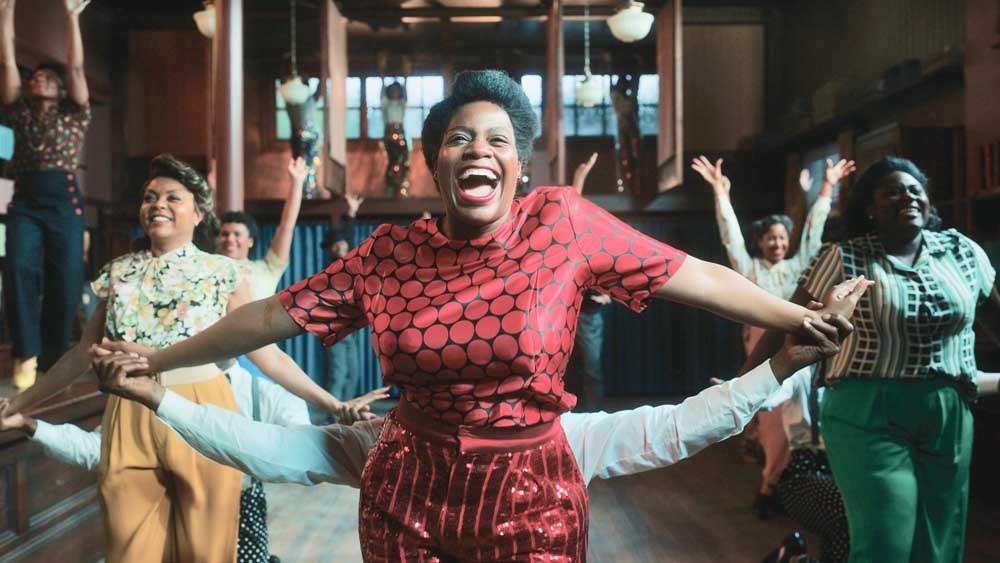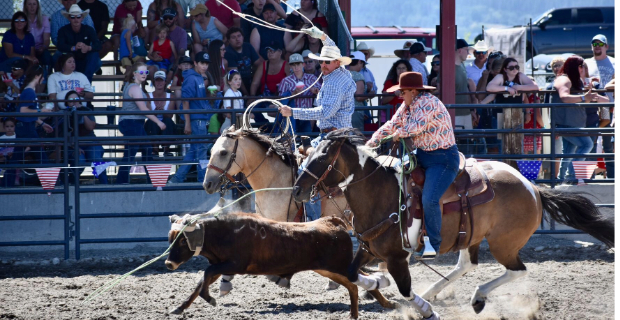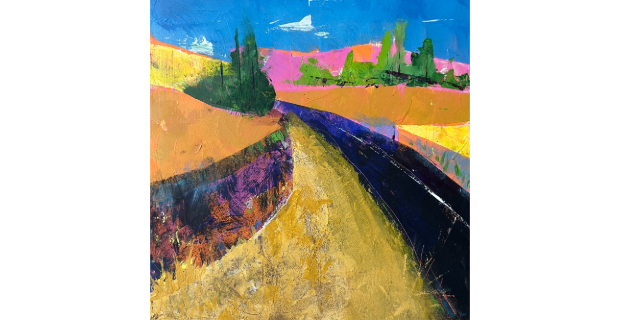‘The Color Purple’ a tale of feminine strength, perseverance and solidarity
Published 3:00 am Tuesday, January 9, 2024

- Taraji P. Henson, left, Fantasia Barrino and Danielle Brooks in Warner Bros. Pictures’ take on a classic, “The Color Purple.”
“The Color Purple” is one of those indelible, and unforgettable, American texts. From Alice Walker’s Pulitzer Prize-winning 1982 novel, to Steven Spielberg’s Oscar-nominated 1985 film, to the Tony-winning stage musical, the story comes full circle with the new movie adaptation of the musical, directed by Blitz Bazawule. It’s a tale of feminine strength, perseverance and solidarity that continues to resonate and wring you out with each iteration; a tale that breaks you down to uplift once again with its story of a sisterly bond that persists despite the odds against it.
Ghanaian filmmaker, musician, author and artist Bazawule is an ideal match for the material. He breathes an energetic musicality and artistry into every frame, while cinematographer Dan Laustsen never lets his camera rest, swirling and spinning in step with the cast of talented performers as they tackle songs from the stage musical written by Brenda Russell, Allee Willis and Stephen Bray, as well as new music written for the movie.
“The Color Purple” is the story of two sisters living on the Georgia coast in the early 20th century, separated by the brutality of men as young teens. Young Celie (Phylicia Pearl Mpasi), abused by her father Alfonso (Deon Cole), is sold off into marriage to the violent and lecherous Mister (Colman Domingo). Her beloved sister Nettie (Halle Bailey) flees the advances of both men and finds work as a teacher in Africa, though the sister’s correspondence is intercepted by Celie’s cruel husband.
Meek and abused, adult Celie (Fantasia Barrino) finds salvation and inspiration in two very different women. Her stepdaughter-in-law Sofia (Danielle Brooks) bursts onto the scene like a bracing breath of fresh air, a sassy and self-possessed woman who has fought for her confidence and power, and has no problem saying “hell no” to anyone who might try and put her down.
Then there’s Shug Avery (Taraji P. Henson), a sultry, sensual blues singer who teaches Celie about the power to be found in pleasure. It’s through the lessons she learns from these women that Celie sees a path forward for herself, and opens the door for Nettie’s return.
Bazawule’s approach to the material is modern while paying homage to the tradition of classical Broadway musicals. Song and dance that would be at home on the boards of the Great White Way breaks out on the dirt roads of Georgia, set to the beat of sledgehammers and tools, dancers’ feet kicking up dust, through which Southern sunlight lazily filters. Laustsen’s camera floats overhead like a spiritual or spectral presence, capturing the choreography Busby Berkeley-style. The film is imbued with references to classical Hollywood, but it is also decidedly of its setting, where the juke joints are built on swamps, where Spanish moss drips from the oak trees.
The filmmaking craft is gorgeous, but “The Color Purple” would be nothing without its performers, and Bazawule’s star-studded cast takes your breath away. Domingo is terrifying as Mister, and Corey Hawkins proves there’s nothing he can’t do on stage or screen playing Harpo, Mister’s son, Sofia’s on-and-off beau. Taraji P. Henson burns the house down as Shug, and Fantasia Barrino, making her film debut, delivers a stunning performance as Celie, holding the emotional center of this story over decades.
However, it’s Danielle Brooks as Sofia who waltzes in and steals the whole movie out from under everyone else with a sly, spirited grin. She brings fire, humor and grit to this performance, lending her charisma and spark to this brash, bold character who undergoes a dramatic, tragic arc. Her “Hell No” is a barnburner of a song, and Brooks makes the most of her screen time, electrifying every frame she’s in.
In translating the book to a dramatic movie to a stage musical to a movie musical, there are going to be transformations and adaptations of the text along the way — it will not be the same, but what remains the same are the raw emotions, the authenticity of the characters and the enduring power of its message. “The Color Purple” tackles dark material, but over the course of its journey, it will make you want to stand up and cheer, again and again.









